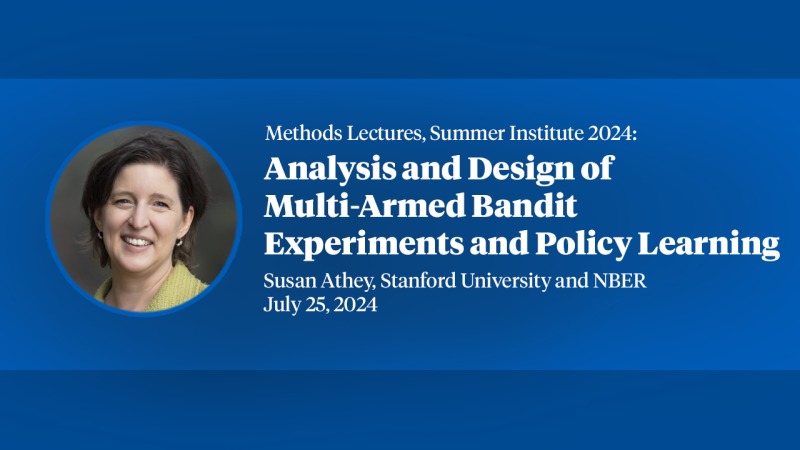Public Health Expenditures on the Working Age Disabled: Assessing Medicare and Medicaid Utilization of SSDI and SSI Recipients
Currently more than 12 million non-elderly adults in the U.S. are receiving disability benefits from the federal SSDI and/or SSI programs. Recipients of these two programs receive health insurance through the Medicare and Medicaid programs, respectively. Despite the large amount spent on health care for the disabled, very little previous research has explored the drivers of this spending. In this study, we partially fill this gap by exploring the determinants of Medicaid and Medicare spending on the disabled using large-scale claims data sets for a 10 percent random sample of beneficiaries from both programs residing in one of our eleven sample states. Our findings demonstrate that there is substantial variation across geographic areas in spending for these two programs, with this variation especially large for Medicaid spending. Additionally, our results strongly suggest that Medicare and Medicaid expenditure variation are not positively related - if anything the opposite appears to be true - with areas that have high Medicaid spending tending to have lower Medicare spending. And finally, we find that Medicaid spending variation is to a large extent, though by no means fully, driven by variation in the intensity of care. Given the large amount spent on health care for the disabled through Medicaid and Medicare, more research that explores the determinants and impact of this spending is warranted.


